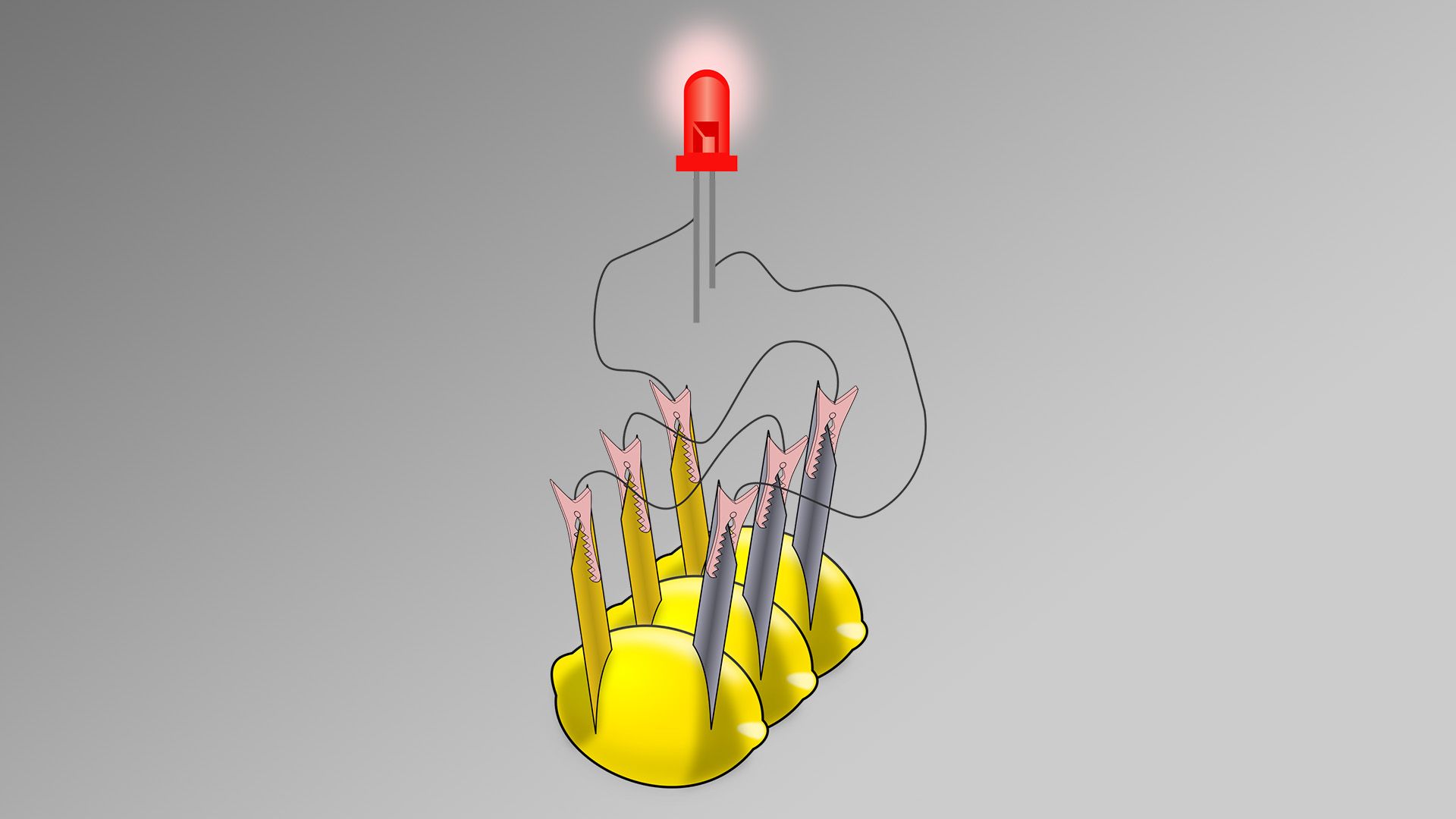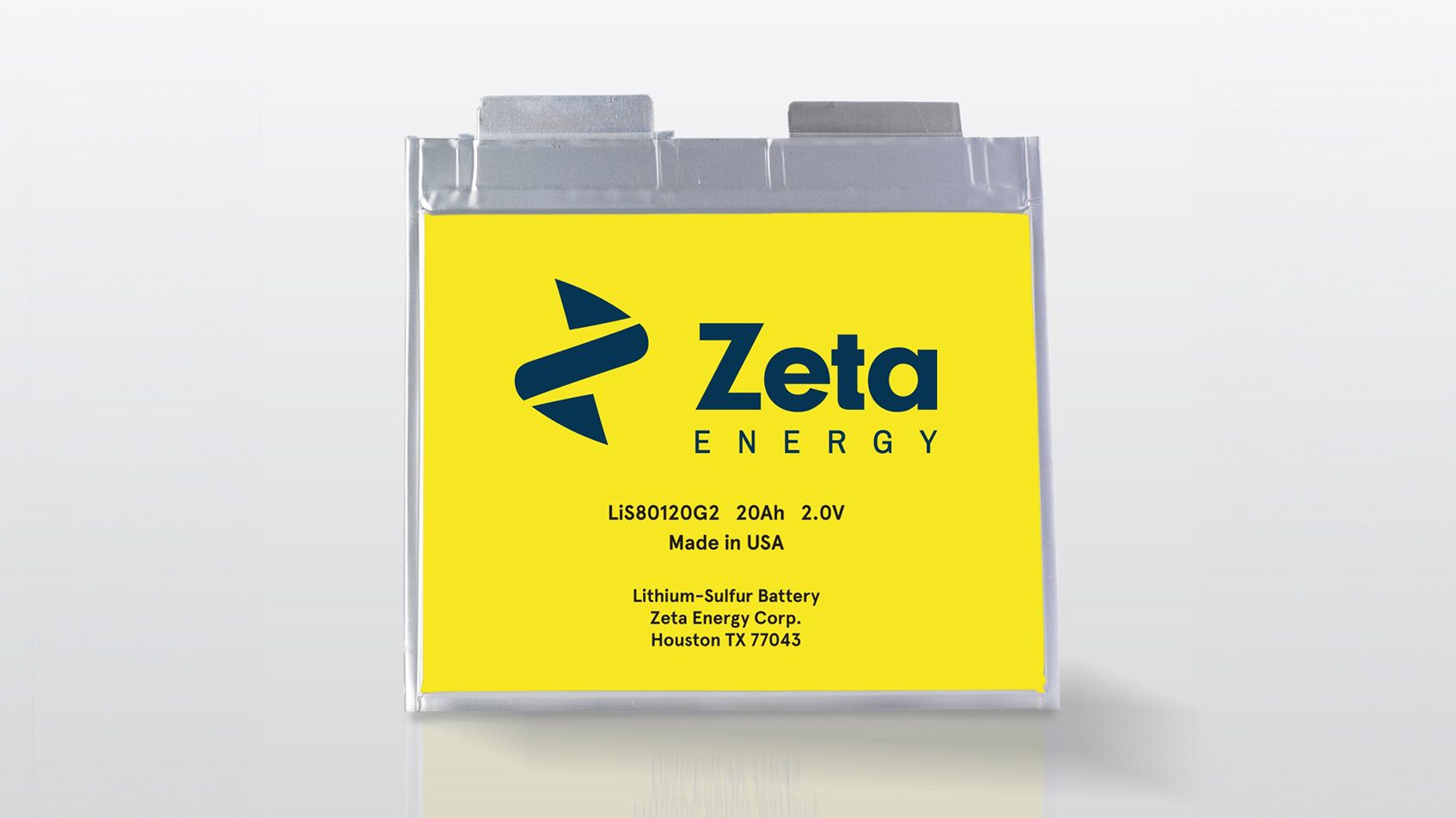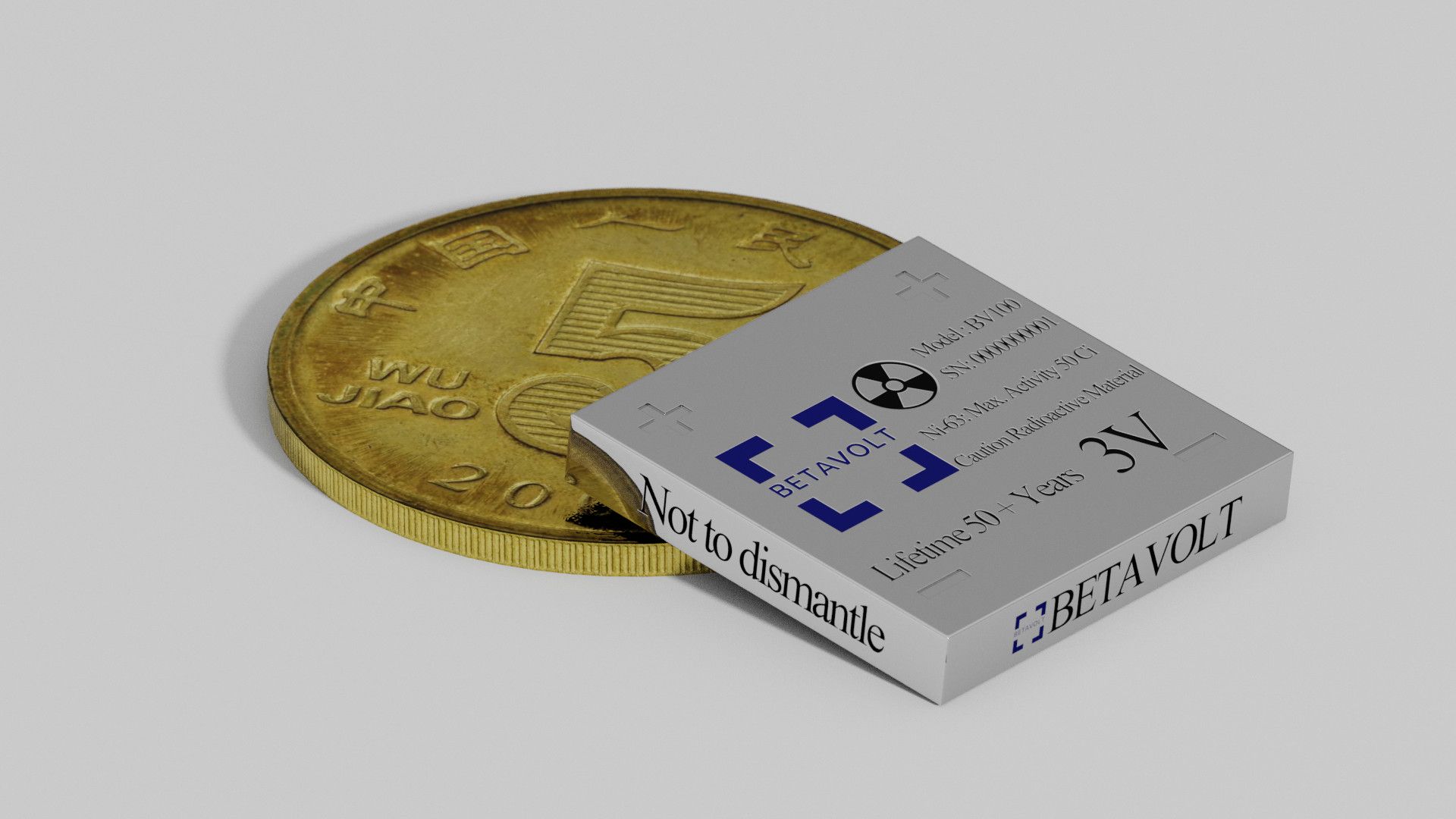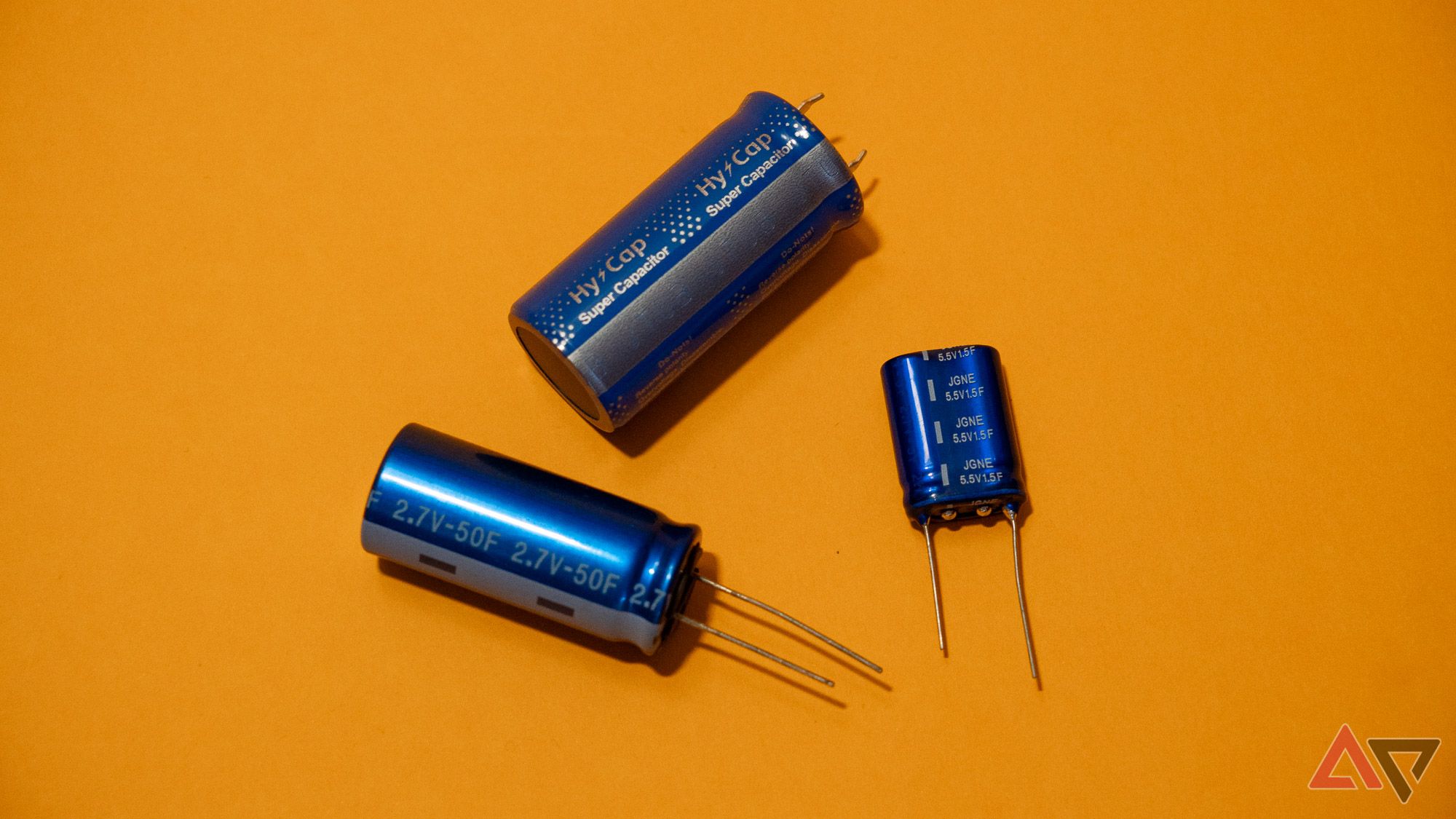I promise this isn’t another article claiming that a battery revolution is peeking from around the corner. We’ve been reading those for over a decade, yet smartphones still rely on good old lithium-ion tech, which has been around since the 90s — for the curious, an optional Li-ion battery was available for the Motorola StarTAC in 1996.
But you’re here to read about innovation, aren’t you? Well, good news: multiple advancements in the field suggest that the smartphones with the best battery life ever could be coming soon — not tomorrow, of course, but an impact by the end of the decade is possible. And to make things more interesting, we’ll shed light on the tech that isn’t likely to produce more than headlines.

Related
A new charging algorithm could solve battery health issues
Could it be? An effective, real-world battery technology advancement?
How batteries work and how to make them better
A flashback to high school physics
Source: Rupert Swarbrick/Wikipedia (CC BY-SA 3.0)
As you may recall from high school, you can make a crude battery by sticking pieces of zinc and copper in a lemon. The zinc is your anode, and the copper is your cathode — the former supplies electrons while the latter consumes them. Meanwhile, the acid in the lemon acts as an electrolyte, the medium through which ions flow.
Of course, modern batteries use much more potent chemicals, but the fundamentals are identical. Replacing the key components with better alternatives is what researchers do to develop batteries that charge faster, last longer, and are overall safer. Additionally, solutions are being devised to make batteries not only easier and cheaper to produce at scale but also less reliant on rare and problematic resources.
New battery technologies you may see in phones soon
Solid-state batteries
While a traditional lithium-ion battery contains a liquid or gel electrolyte, a solid-state battery uses, you guessed it, a solid alternative.
There are multiple chemical combinations in development by several companies. Japanese company TDK and US-based QuantumScape rely on a lithium-based anode and a ceramic oxide electrolyte, while Toyota and Colorado-based Solid Power are working with a sulfide-based one. In any case, the promised result is a safer battery with greater energy density and faster charging capabilities compared to Li-ion.
Back in 2023, Xiaomi reported a 33% capacity gain by replacing the 4,500mAh pack in a Xiaomi 13 phone with a 6,000mAh solid-state battery. Xiaomi’s cell held over 1000Wh per liter of volume, which is quite a leap from the 300 to 700 Wh/l typical for Li-ion batteries. For reference, even the best Android phones rarely exceed 5,000mAh, though phones like the OnePlus Open 2 may change that.
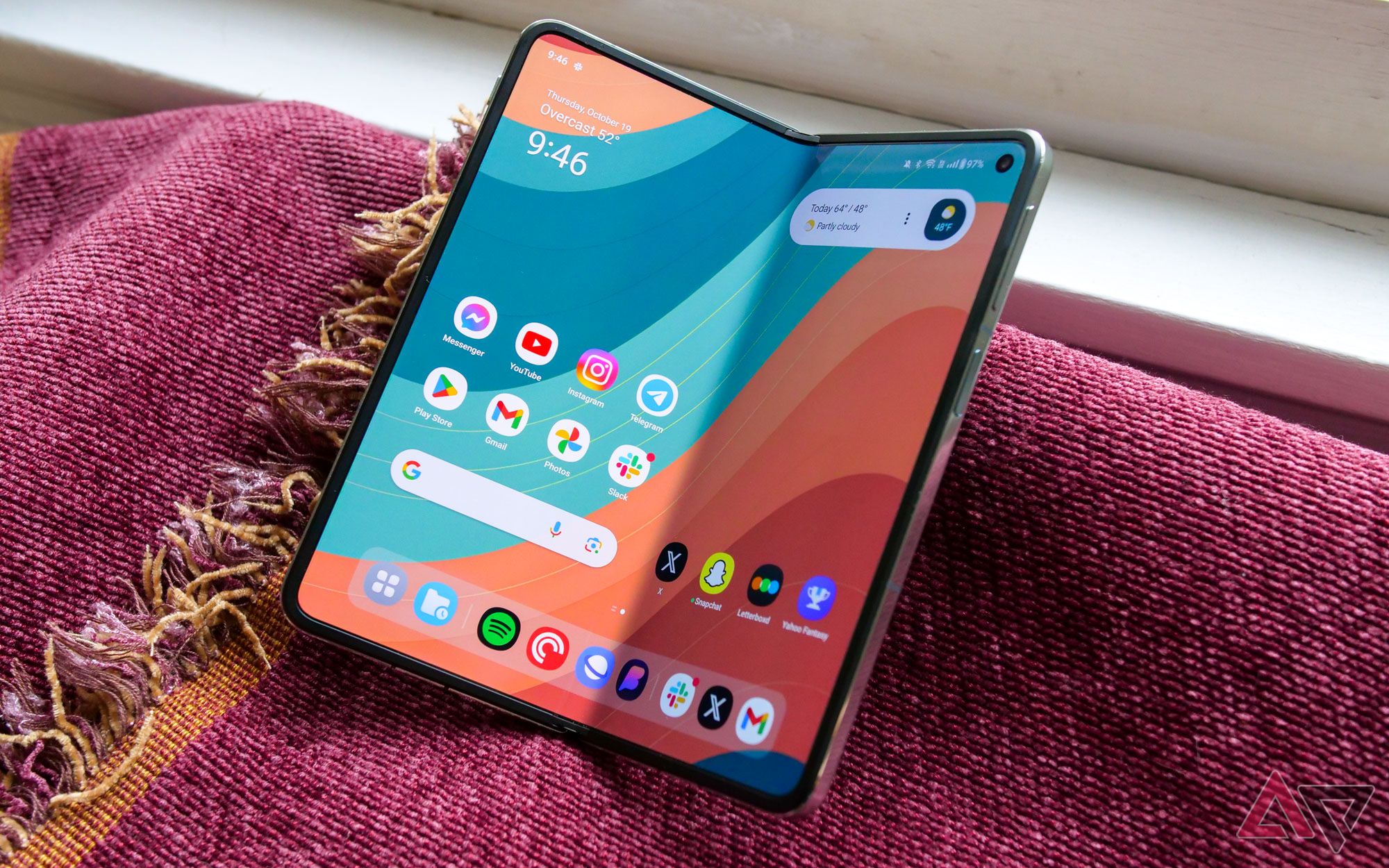
Related
The OnePlus Open 2 could pack a seriously big battery
As big as 6,000mAh!
Announced in June 2024, TDK’s latest solid-state battery tech boasts a similar energy density and could soon find use in wearable devices like wireless earphones and smartwatches. Production of solid-state batteries for the EV market began in early 2024, pioneered by Taiwanese company ProLogium, with names like Toyota and Samsung SDI planning to start mass production in 2027.
Solid-state batteries do come with a set of challenges, however. For instance, the ceramic oxide electrolyte makes the cells difficult to manufacture, so the end product is expensive and impractical to implement in a mass-market product.
The sulfide electrolyte alternative is cheaper, but can form dendrites — lithium growths inside the cell — that may cause catastrophic failure. Still, predictions say that solid-state batteries will be in tech we can buy by the end of the decade.
Silicon Anode Batteries
This type of battery builds on the working principles of lithium-ion batteries, but it replaces the commonly used carbon/graphite anode with a silicon one. This has the theoretical potential to increase the energy density of the battery dramatically — up to 10 times vs graphite.
Unfortunately, an all-silicon anode expands as it absorbs electrons, which could quickly lead to permanent damage. This is why companies experimenting with the tech are looking for a sweet spot — a composite anode containing just enough silicon to improve performance without compromising reliability.
Huawei is one of these companies, and its Huawei Mate X5 foldable has a 5,060mAh battery incorporating the tech. Honor, too, already uses silicon-carbon batteries, claiming a 12.8% capacity increase in its Honor Magic5 Pro.
Lithium-sulfur Batteries
Source: Zeta Energy
The raw materials lithium-ion batteries are made of aren’t all easy to obtain. Battery-grade graphite for the anode is rare, and the mining of cobalt is surrounded by controversy. Lithium-sulfur batteries do away with these materials, which makes them a potentially cheaper, more environmentally friendly alternative. They also promise greater energy density and could be much lighter in comparison.
Until now, lithium-sulfur batteries have suffered from poor longevity caused by cathode degradation. However, US-based company Zeta Energy seems to have solved the issue by developing a battery capable of withstanding 2000 charge-discharge cycles. The first batch of Zeta’s lithium-sulfur batteries will be manufactured this year.
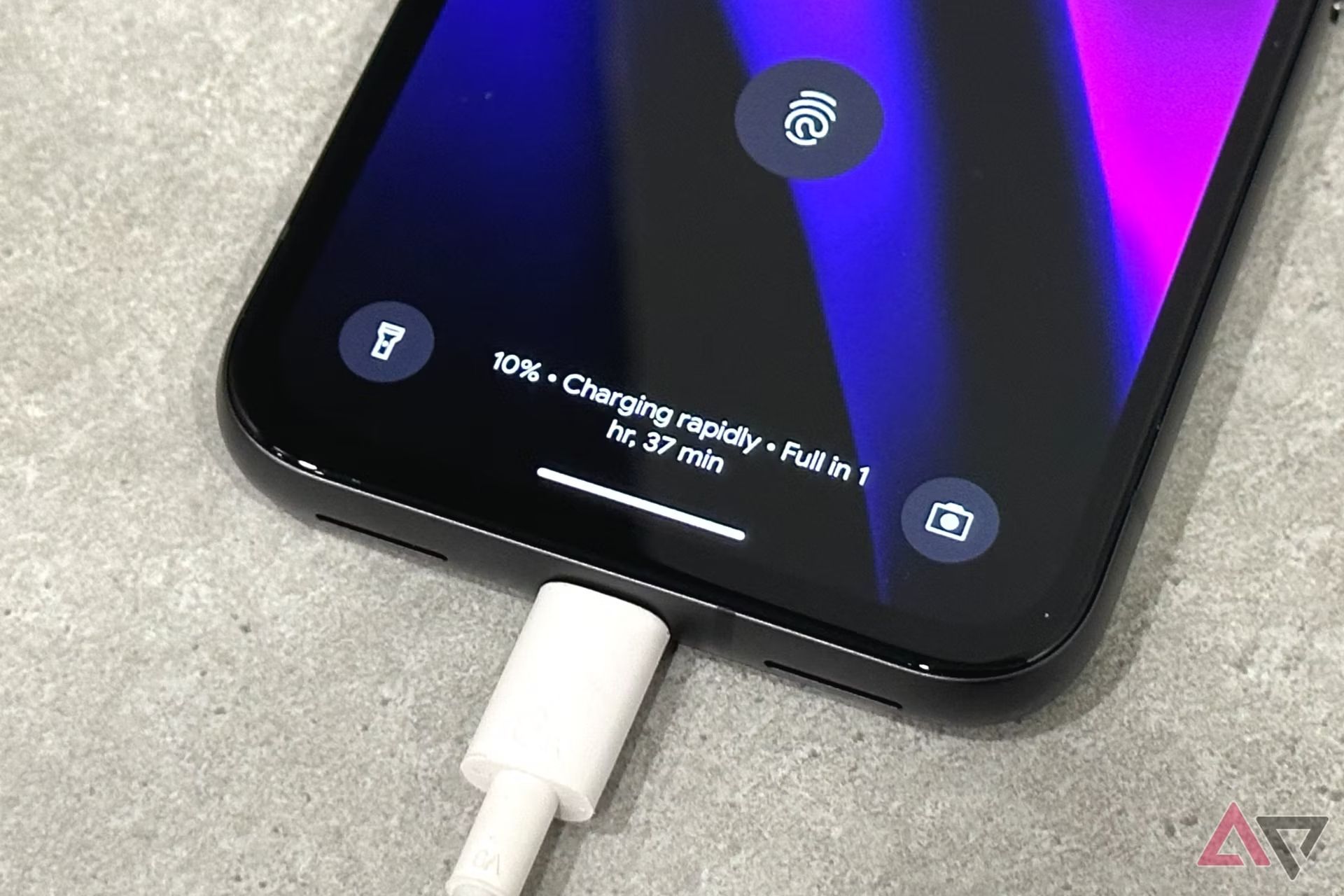
Related
How to set Android custom charging notifications
The perfect cure for your battery anxiety
And don’t hold your breath for these two
Nuclear-diamond batteries
Source: Betavolt
Earlier in 2024, Chinese company Betavolt announced a 50-year battery, roughly the size of a coin, capable of producing 0.1W of power. Several months later, US-based Infinity Power made headlines with a longer-lasting, 100-year battery, though with an even lower power output. These nuclear-diamond batteries absorb energy from radioactive decay using thin diamond sheets.
A phone that never needs recharging would be sweet, but there’s an issue — even trivial stuff like taking photos requires several watts of power. Sure, stacking multiple batteries together could be a solution, but how much would that cost? Given the $5,250 starting price of a tritium-based nuclear battery, I’d say forget about it.
Supercapacitors
Fun fact: Samsung used a supercapacitor instead of a traditional battery for the S Pen on the Samsung Galaxy Note 10. Unlike Li-ion batteries, this energy storage device lasts longer and doesn’t degrade if it’s held at full charge for long periods of time.
Supercapacitors can charge and discharge extremely quickly, which is why they’re used in EVs to integrate regenerative breaking, and it’s been speculated they could enable phones to charge almost instantly. However, supercapacitors hold less power than the most basic rechargeable batteries, making them poor candidates for a smartphone battery replacement. There’s no indication of this changing anytime soon.
A great time to be alive
Especially if you like batteries
Lithium-ion batteries were radically superior when they came on the scene a couple of decades ago. In the years that followed, they quietly set the foundation for the digital world as we know it today, and the limits of their performance have seemingly been reached.
No matter which emerging battery technology becomes the mainstream lithium-ion replacement, we’ll surely appreciate the longer battery life, faster charging speeds, and new form factors that would be possible. And I’m sure we can all agree on one thing: a world where battery anxiety is a thing of the past would be a better place to live in.
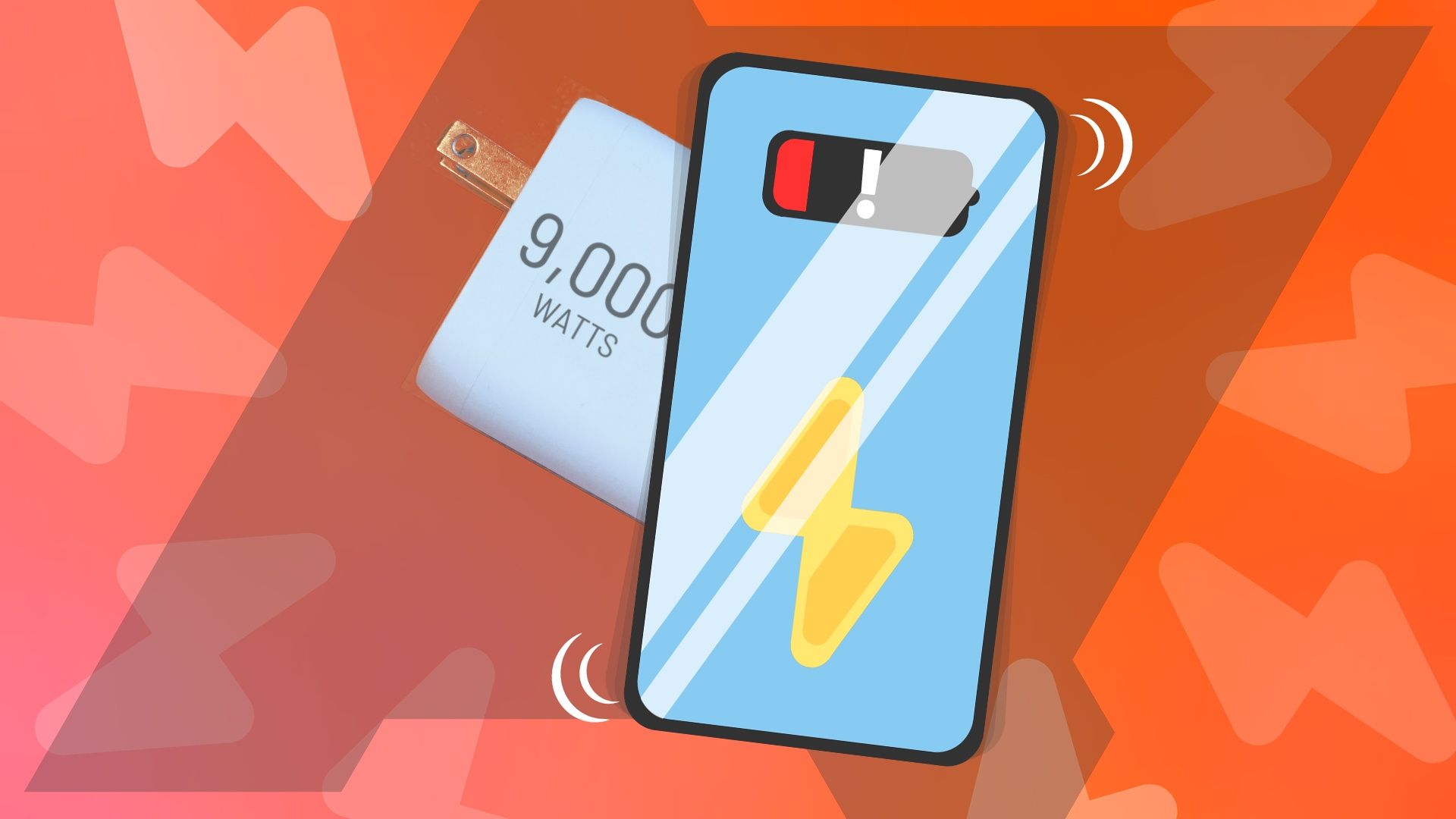
Related
Faster charging is the only thing I want from 2024 flagship phones
Can we please get over those dog slow 25W chargers already?
Source link

